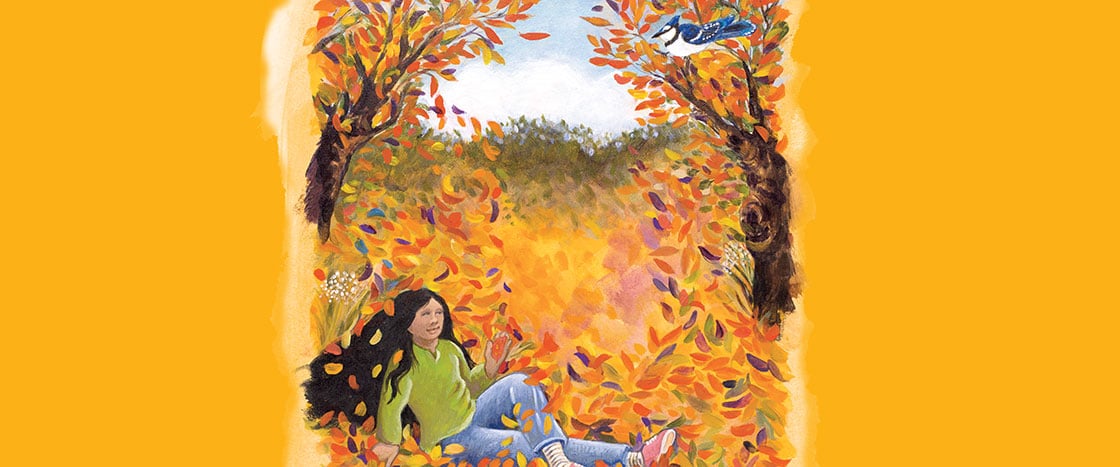In the dreamy silence
Of the afternoon, a
Cloth of gold is woven
Over wood and prairie;
And the jaybird, newly
Fallen from the heaven,
Scatters cordial greetings,
And the air is filled with
Scarlet leaves, that, dropping,
Rise again, as ever,
With a useless sigh for
Rest—and it is Autumn.

